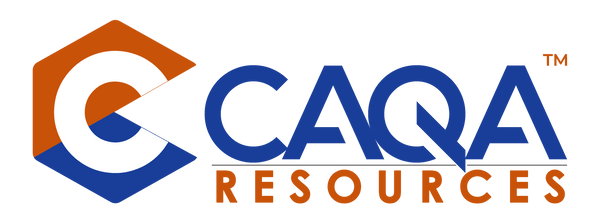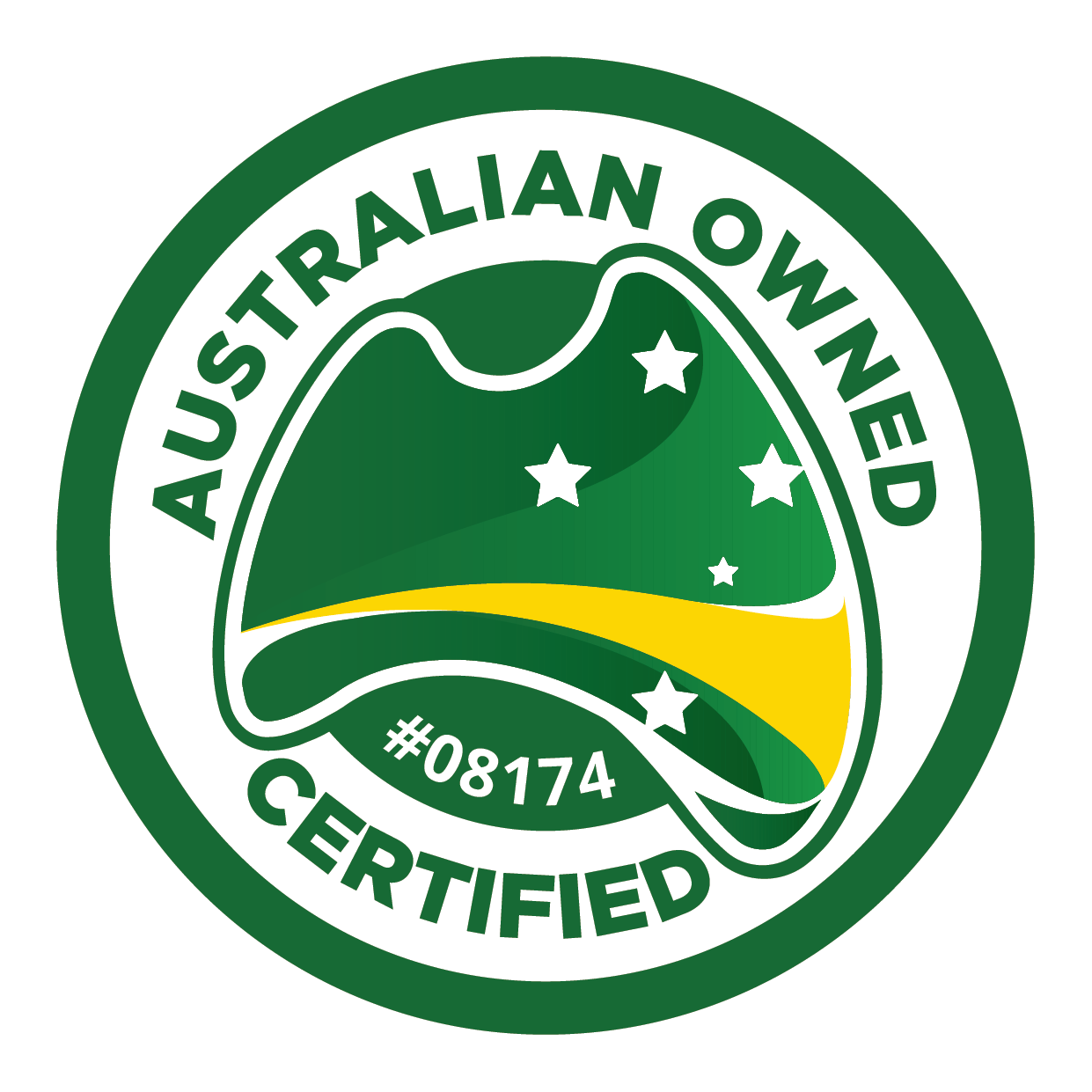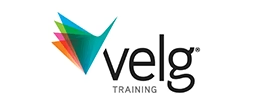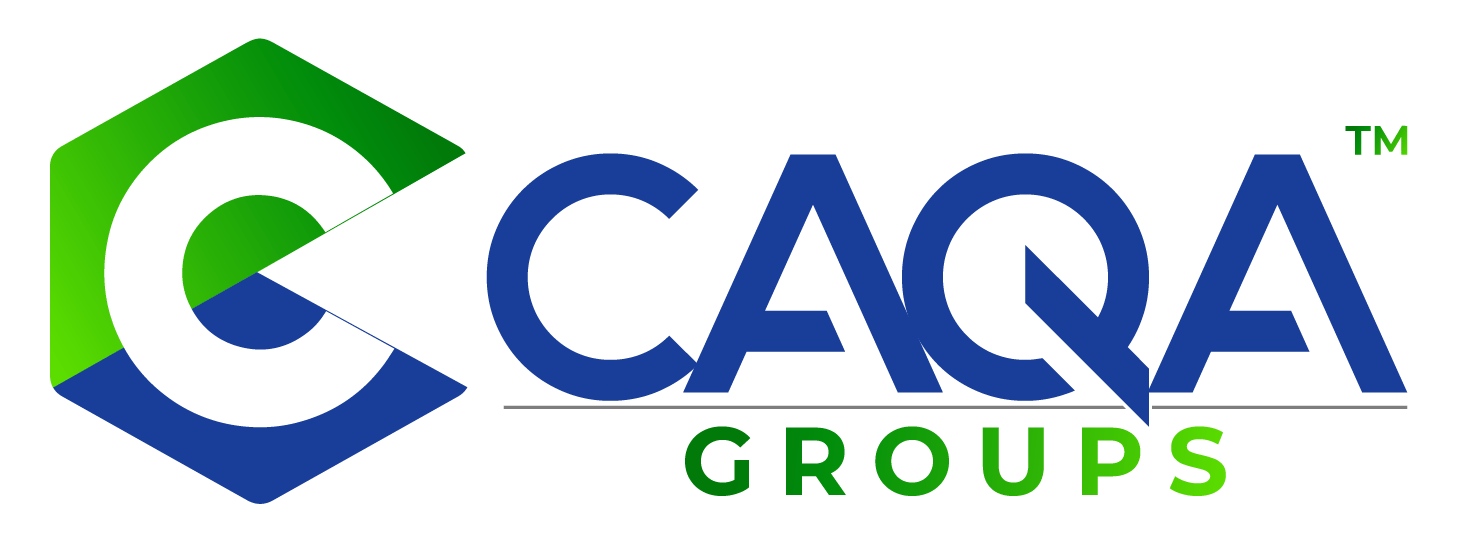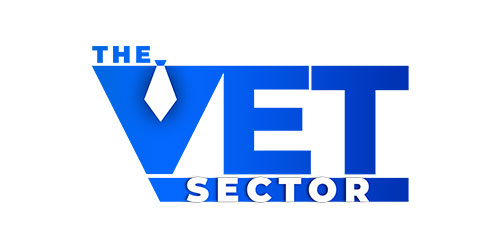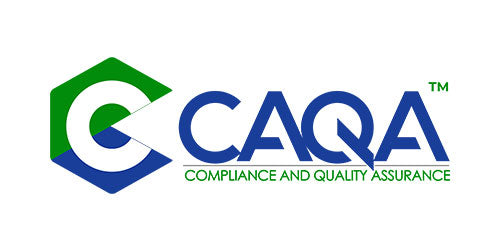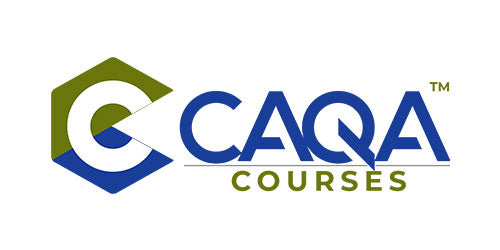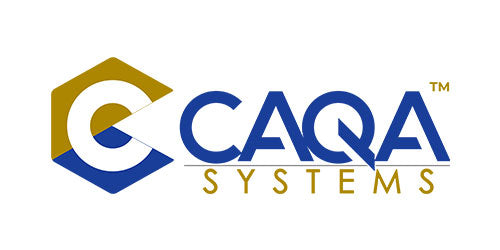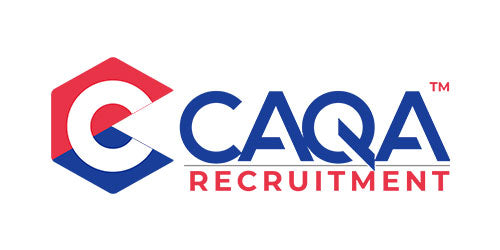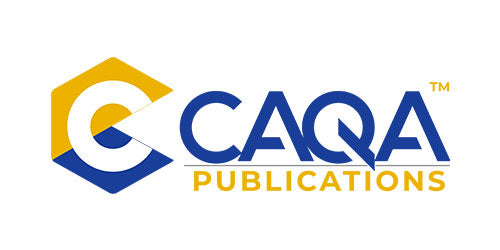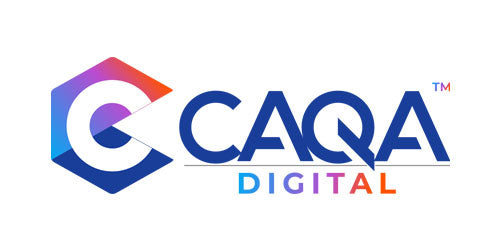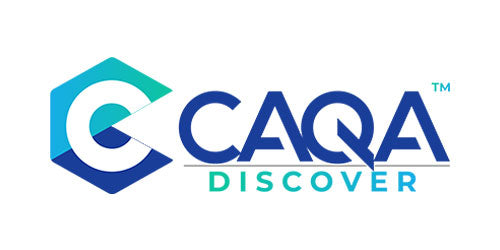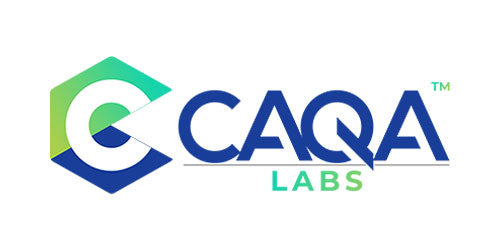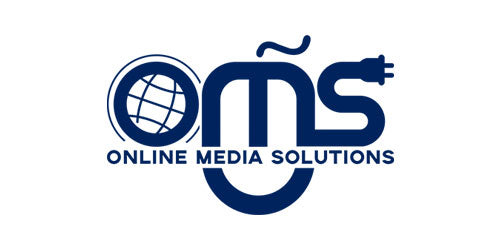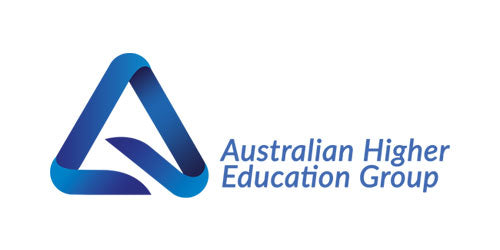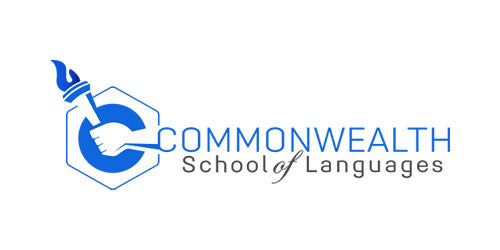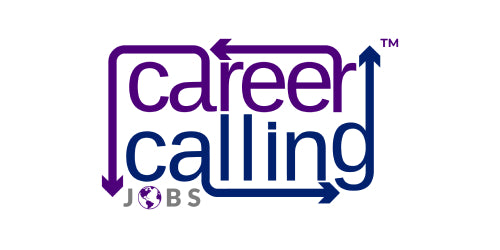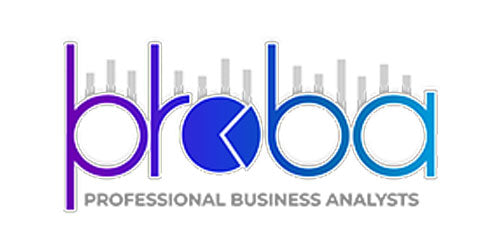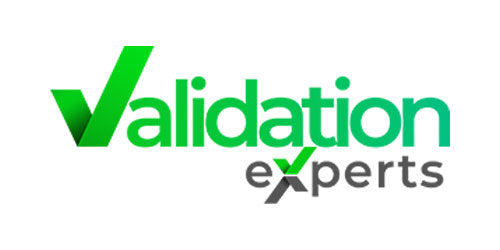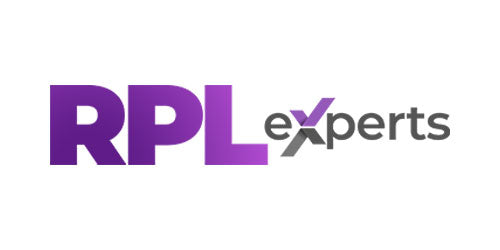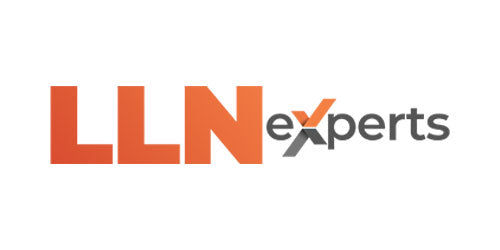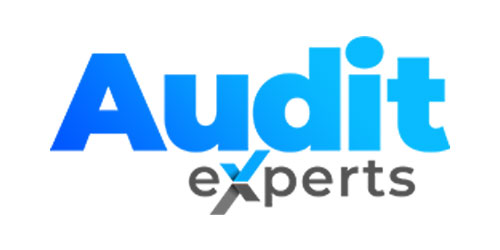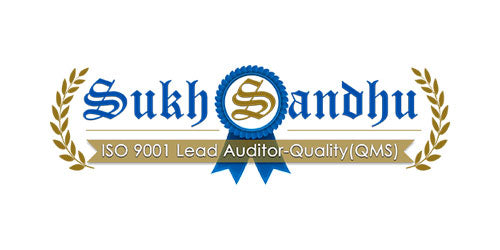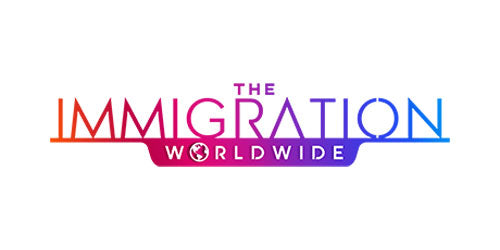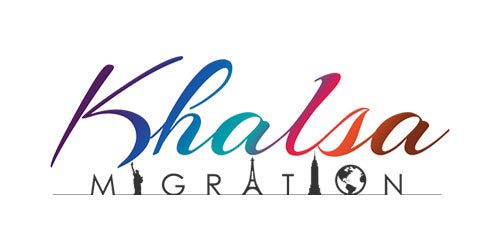Expanding the Learning Horizon: The Importance of Moving Beyond Learner Guides and Presentations
In an ever-evolving educational landscape, it's crucial to continually re-evaluate and refine teaching and assessment methodologies. One of the significant misconceptions that both students and assessors can fall into is the overreliance on traditional learner guides and presentations as the sole sources for summative assessments.
While these tools are valuable in laying the groundwork for academic understanding, they are far from exhaustive when it comes to fostering comprehensive learning and assessment. This article aims to unpack why relying solely on learner guides and presentations is a limited approach, and how to improve educational outcomes by utilising a broader array of resources and techniques.
Understanding the Scope and Limitations of Learner Guides and Presentations
The first point of contention lies in understanding the role that learner guides and presentations should play in the education process. These tools are designed to provide structured, targeted information that forms the basis of a subject or course. They offer a uniform source of reference and are particularly useful for ensuring that key concepts are covered.
However, the very nature of their structure also imposes limitations:
Limited Depth: These resources are often summaries and do not always delve into the complexities and nuances of a subject.
Linear Learning: The step-by-step layout can encourage a linear view of a subject, which might not inspire critical thinking or problem-solving skills.
Static Information: Guides and presentations are not usually updated frequently and may lack the latest information or advancements in the field.
Encouraging Multifaceted Understanding
Students preparing for summative assessments should aim for a deep understanding of the material, which goes beyond rote learning from a guide or presentation. The goal is to not just know the content, but to understand it, to be able to articulate it in their own words, and to apply it practically in various contexts, including real-world situations.
Here are some strategies to promote such understanding:
Peer Teaching: One effective way to test comprehension is for students to try and teach the content to someone else. The exercise demands that they fully understand what they're discussing and helps them identify any gaps in their own knowledge.
Mind Mapping: This visual tool enables students to map out key concepts, showing the relationships between them, which aids in better retention and recall.
Open Dialogue: Encourage students to ask questions, seek clarifications, and participate in discussions. Open-door policies or digital platforms where students can pose questions can significantly assist this.
Tackling the Plagiarism Dilemma
Another critical issue stemming from the sole reliance on learner guides and presentations is the risk of plagiarism. If a student is merely copying and pasting information, they not only cheat the system but also themselves. Being caught plagiarising can result in severe academic penalties and can be detrimental to their future career.
To mitigate this, educators need to stress the importance of academic integrity and guide students on how to correctly paraphrase, quote, and cite sources. There are many excellent online resources to teach about avoiding plagiarism, such as the Purdue Online Writing Lab.
FAQs:
1. What is the importance of providing additional resources to students beyond learner guides and presentations?
Additional resources enrich the academic experience, provide varied perspectives, and cater to different learning styles. They also update students with the latest trends, theories, or technologies relevant to the subject matter.
2. Why should teachers avoid relying solely on learner guides and presentations?
Sole reliance encourages surface learning at the expense of critical thinking, problem-solving, and practical application skills. It can also increase the risk of academic misconduct, like plagiarism.
3. What are some examples of additional resources?
Teachers can supplement learning with academic journals, case studies, guest lectures, hands-on labs, interactive quizzes, and online discussion forums, among others.
4. How can additional resources benefit students?
The benefits are manifold: deeper understanding of the subject, development of critical and analytical skills, better preparation for real-world applications, and reduced risk of academic misconduct.
5. Should teachers stop using learner guides and presentations?
No, these tools are still invaluable for setting the educational foundation. The key is to use them as a starting point and supplement them with additional resources and activities for a well-rounded educational experience.
By adopting a more comprehensive approach that moves beyond learner guides and presentations, educators can significantly enhance the quality of education and assessments, thereby better preparing their students for the complex demands of today's world.
Suggested Read: CAQA Resources' Approach to Developing Assessment and Learner Resources









